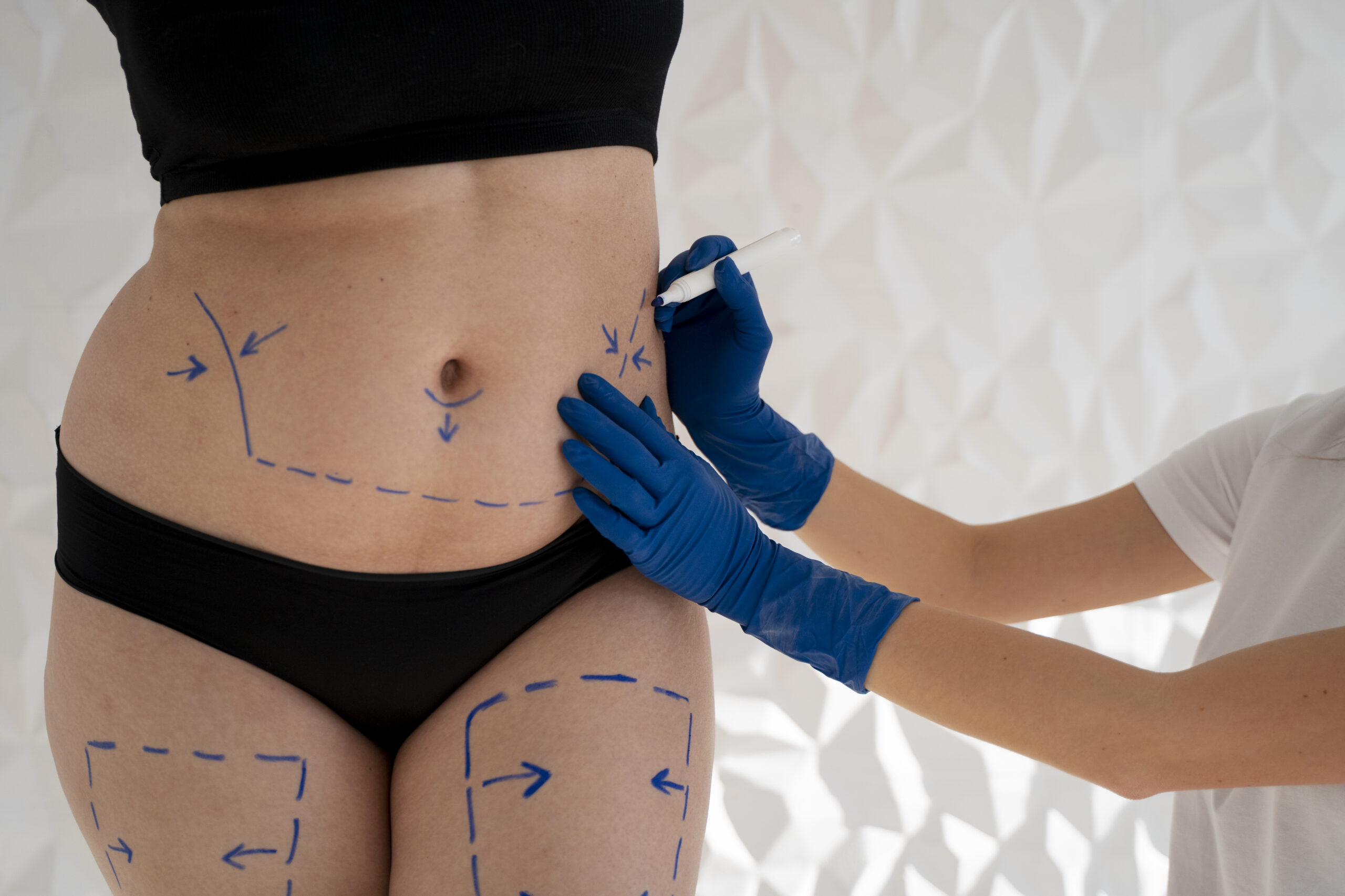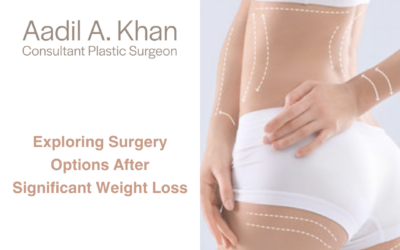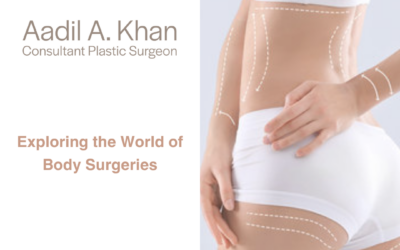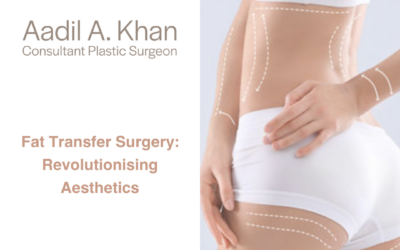The decision to undergo a tummy tuck, medically known as an abdominoplasty, is a significant one that often marks the beginning of a transformative journey for those seeking to address issues of excess skin, weakened abdominal muscles, and the aesthetic changes that can occur after significant weight loss or pregnancy. This comprehensive guide aims to shed light on tummy tucks, addressing key questions, debunking myths, and providing an in-depth understanding of the procedure for those considering it as a step towards improving their overall well-being and body confidence.
What Exactly Is a Tummy Tuck?
A tummy tuck is a surgical procedure that flattens the abdomen by removing excess fat and skin and tightening the abdominal muscles. It’s a popular choice for individuals who struggle with the inability to achieve their desired results through diet and exercise alone.
Types of Tummy Tucks
There are different types of tummy tucks, each designed to address different needs. The traditional tummy tuck involves a horizontal incision between the pubic hairline and navel, which allows for the removal of significant amounts of excess skin and fat. The mini tummy tuck, or partial abdominoplasty, is less extensive, with a smaller incision and primarily addresses the lower abdomen. The extended tummy tuck is more comprehensive, offering contouring work that extends to the flanks or lower back. Each variation is tailored to individual goals and body types.
Who Might Benefit from a Tummy Tuck?
Postpartum Candidates
Pregnancy can cause a variety of changes to a woman’s body, including stretched abdominal muscles and skin, which may not respond to diet and exercise. A tummy tuck can be beneficial for postpartum women looking to regain their pre-pregnancy shape.
Weight Loss Warriors
Those who have achieved significant weight loss, whether through natural means or bariatric surgery, often find themselves with loose, excess skin. A tummy tuck can help remove this skin, providing a smoother, more contoured appearance.
General Candidates
Tummy tucks are not exclusively for postpartum or weight loss patients. Anyone with a realistic expectation of the procedure’s outcomes and healthy enough for surgery may be considered a candidate.
The Consultation and Planning Stage
Finding the Right Surgeon
Choosing the right surgeon is one of the most important steps in the tummy tuck process. Look for a board-certified plastic surgeon with considerable experience in tummy tucks specifically. Referrals, online reviews, and before-and-after galleries can be helpful in the search for the best practitioner.
The Consultation
During the consultation, the surgeon will assess your candidacy, discuss your aesthetic goals, and explain the tummy tuck process thoroughly. This is your opportunity to ask questions, discuss concerns, and ensure you have a clear understanding of what to expect.
Preparing for Surgery
Leading up to your tummy tuck, your surgeon will provide pre-operative instructions that may include quitting smoking, adjusting current medications, and maintaining a healthy lifestyle.
What to Expect During and After Surgery
The Surgery Process
A tummy tuck is performed under general anesthesia and can take anywhere from two to five hours, depending on the complexity of the case. The procedure involves several steps, including incision placement, removal of skin and fat, and suturing of the abdominal muscles for a tightened look.
Recovery and Downtime
Recovery from a tummy tuck can be significant. Initial recovery may last about two weeks, during which time patients should avoid strenuous activity. Over the subsequent weeks and months, swelling will subside, and scars will begin to fade. A compression garment is typically worn for several weeks to support the healing tissues.
Long-Term Aftercare
Long-term care after a tummy tuck is essential for maintaining results. This includes a healthy diet, regular exercise, and maintaining a stable weight. Any post-surgical follow-ups and physical therapy sessions are integral to a successful recovery and optimum results.
Debunking Myths and Addressing Concerns
Tummy Tuck and Weight Loss
It’s important to note that a tummy tuck is not a weight loss solution. While it can remove excess, loose skin and fat, it’s not designed as an alternative to healthy weight loss methods.
Scarring Concerns
Scarring is a reality with tummy tucks, but a skilled surgeon will aim to minimize scarring by placing incisions strategically and providing post-operative care instructions to aid in scar management.
Pregnancy After a Tummy Tuck
While it’s possible to carry a pregnancy after a tummy tuck, the effects of the pregnancy may alter the results of the surgery. It is recommended to wait until after completing your family to undergo the procedure.
Final Thoughts: An Investment in Self-Confidence and Health
A tummy tuck is more than a physical transformation—it’s an investment in self-esteem and overall well-being. By providing a roadmap for potential patients, debunking myths, and addressing key considerations, we aim to demystify the tummy tuck process and empower individuals with the knowledge they need to make informed decisions about their body.
For those who are considering a tummy tuck, it’s important to approach the decision thoughtfully and with realistic expectations. With proper research, planning, and the guidance of a qualified plastic surgeon, a tummy tuck can be a step toward a more confident and comfortable you.




